Global ecosystems are shifting so fast that thousands of species may not survive.
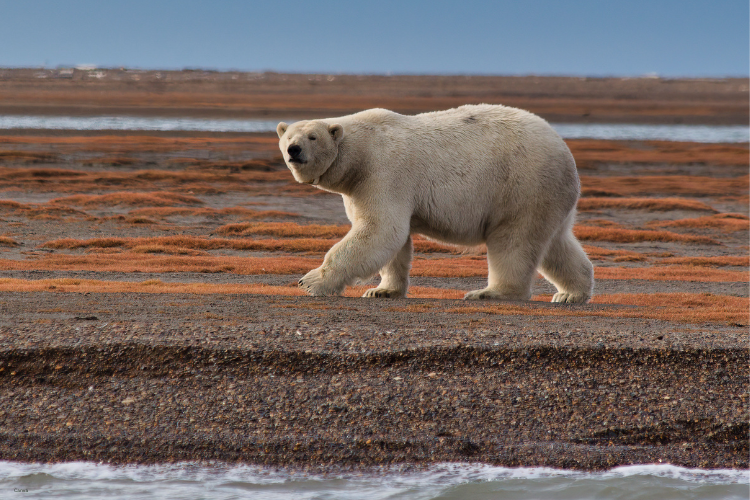
Scientists are sounding alarms louder than ever: over 3,500 animal species are facing an increased risk of extinction because of climate change. It is not a distant forecast—it is happening now. Rising temperatures, unpredictable rainfall, stronger storms, and shifting seasons are destroying habitats, cutting off food sources, and pushing wildlife into dangerous new territories. What makes this crisis alarming is how quickly it is accelerating and how many species people never considered vulnerable are now at risk.
1. Habitat loss is outpacing any chance of adaptation.
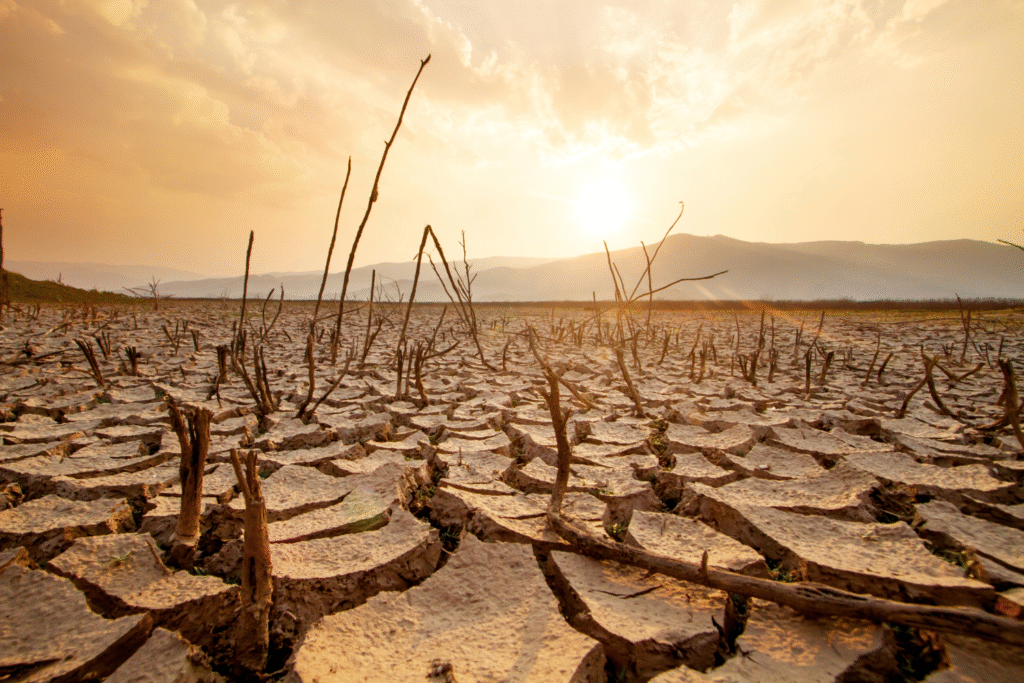
According to the United Nations Environment Programme, climate-driven habitat loss is the single largest driver of extinction risk. Mountain snowcaps are shrinking, wetlands are drying, and forests are shifting north, leaving thousands of animals without homes. Polar, alpine, and island species are the most vulnerable because they have nowhere else to move.
Species once thought safe, like certain amphibians and desert mammals, are now running out of livable space. Scientists warn this is happening faster than natural evolution can keep up with. Habitat migration used to occur over thousands of years; now entire ecosystems are shifting in decades. When the physical space animals need disappears faster than they can adapt, extinction risk spikes dramatically.
2. Food chains are breaking down in unpredictable ways.
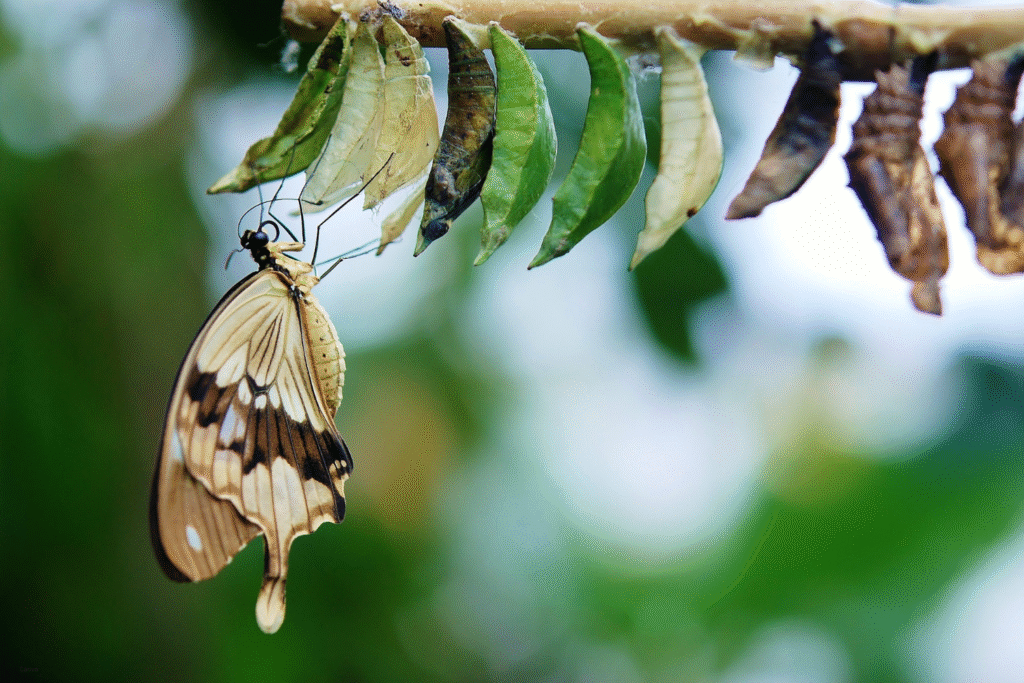
The Intergovernmental Panel on Climate Change reports that rising temperatures are altering when and where plants and prey thrive. Insect populations are hatching weeks earlier, ocean plankton cycles are shifting, and plant blooms often no longer align with the species that rely on them. Predators arrive expecting food that simply is not there.
This ripple effect is already visible in many places. For example, migratory birds arriving early from warmer winters find no insects ready to feed on. Fish populations collapse when spawning waters warm even slightly. Once food chains destabilize, it triggers cascading effects: predators starve, prey populations explode unchecked, and entire ecosystems unravel. These chain reactions put species survival under immediate and sustained pressure.
3. Breeding cycles are misaligned with seasonal changes.

The World Wildlife Fund highlights how reproductive timing is breaking down. Many animals rely on predictable seasonal cues—like daylight length or temperature—to breed, lay eggs, or birth young. Climate shifts are scrambling those cues.
Birds are laying eggs before food is available. Amphibians emerge from hibernation too soon, and newborn mammals are arriving during resource shortages. This mismatch leads to higher infant mortality and fewer successful breeding seasons. Over several generations, even small population declines compound, leaving species with critically low numbers. For animals already limited to small habitats, this timing mismatch can push them over the edge.
4. Extreme weather is wiping out entire populations in single events.
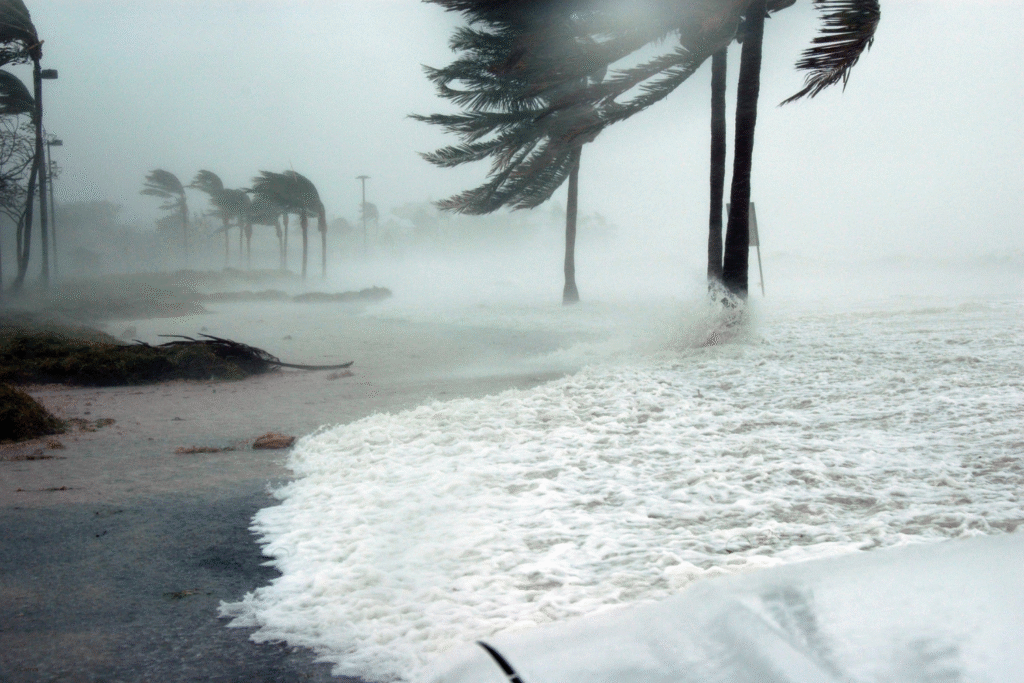
Heatwaves, hurricanes, and wildfires—all intensified by climate change—are causing mass die-offs that used to be rare. In 2022, heatwaves in marine environments killed millions of fish, while wildfires destroyed breeding grounds for countless terrestrial species.
Species adapted to slow environmental shifts cannot handle repeated catastrophic events. A single hurricane season or prolonged drought can erase decades of population recovery work. Scientists now track “climate disasters” as a primary cause of local extinctions, where species vanish from an area entirely after one severe event and never return.
5. Ocean changes are accelerating species declines.

Oceans absorb more than 90% of global warming heat, and the impact on marine ecosystems is severe. Rising temperatures are shifting fish habitats toward the poles, leaving warm-water species struggling to survive. Coral reefs—home to one-quarter of marine species—are bleaching and dying at record rates due to heat stress.
Ocean acidification, caused by increased carbon dioxide absorption, makes it harder for shellfish and coral to build skeletons. That weakens entire food webs and destabilizes fisheries that both humans and wildlife depend on. Marine species that once thrived in highly specialized zones are now being forced into unfamiliar, often less hospitable waters where survival is uncertain.
6. Migration patterns are collapsing.

Many species rely on ancient migration routes for survival, but climate change is scrambling those patterns. Melting glaciers alter river flows, new drought zones block pathways, and seasonal cues no longer match migration timing.
This shift often forces animals into urban or agricultural zones, increasing conflict with humans. Predators following new prey routes can destabilize entire ecosystems, while prey animals migrating too soon or too late risk starvation. Experts note that this “migration breakdown” is one of the clearest signals of ecosystems collapsing under climate pressure.
7. Diseases are spreading faster and hitting new hosts.

Warming temperatures allow parasites, ticks, mosquitoes, and viruses to expand into places they were historically blocked by cold winters. Wildlife populations with no prior exposure to these diseases often have no immunity, leading to rapid die-offs.
For example, bat populations in North America have been devastated by white-nose syndrome, which thrives in altered winter conditions. Amphibians worldwide are collapsing from chytrid fungus outbreaks linked to environmental changes. These disease explosions push already stressed populations to the brink, adding yet another layer of risk.
8. Human-wildlife conflict is intensifying.

When natural food and water sources disappear, animals move toward human settlements. Bears raid trash bins, elephants raid crops, and predators hunt livestock. While these conflicts are often framed as animal aggression, experts emphasize they are survival-driven responses to ecological stress.
These encounters often result in culling or relocation, further shrinking populations. As climate extremes intensify, these conflicts are projected to increase, creating more stress for vulnerable species already struggling to adapt to shrinking habitats.
9. Conservation strategies are struggling to keep pace.

Traditional conservation methods focused on protecting fixed habitats or reintroducing species into historical ranges. With climate change, those areas may no longer be viable. Protected wetlands dry up, reforested areas face new pests, and entire landscapes change character within a decade.
Conservationists are now experimenting with radical solutions like assisted migration—literally moving species to entirely new areas where conditions are more stable. These measures are expensive and controversial but may be the only way to prevent some extinctions. The speed of climate change is rewriting how wildlife protection is even possible.
10. Recovery windows are closing rapidly.
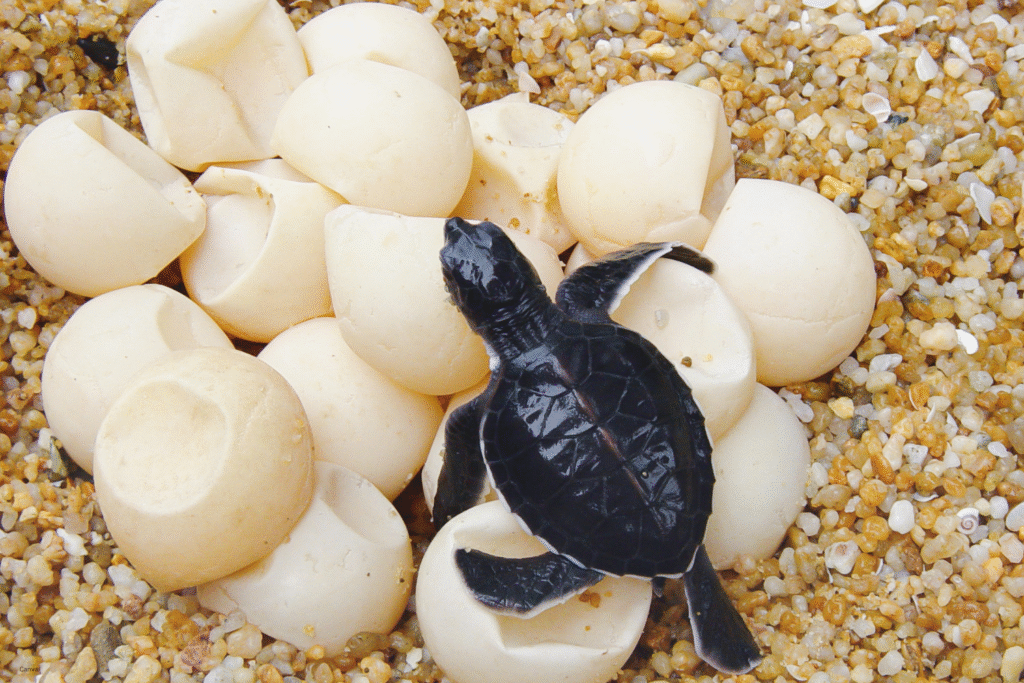
Species used to have decades or centuries to adapt to environmental changes. Today, shifts are happening in a single generation, leaving no room for recovery. Populations that crash often never rebound, especially if extreme weather events keep coming before they can rebuild.
Scientists warn that without immediate climate action, species will disappear at rates unseen in human history. Once a species dips below critical population thresholds, recovery becomes nearly impossible without costly, long-term human intervention.
11. Humanity will feel these losses firsthand.
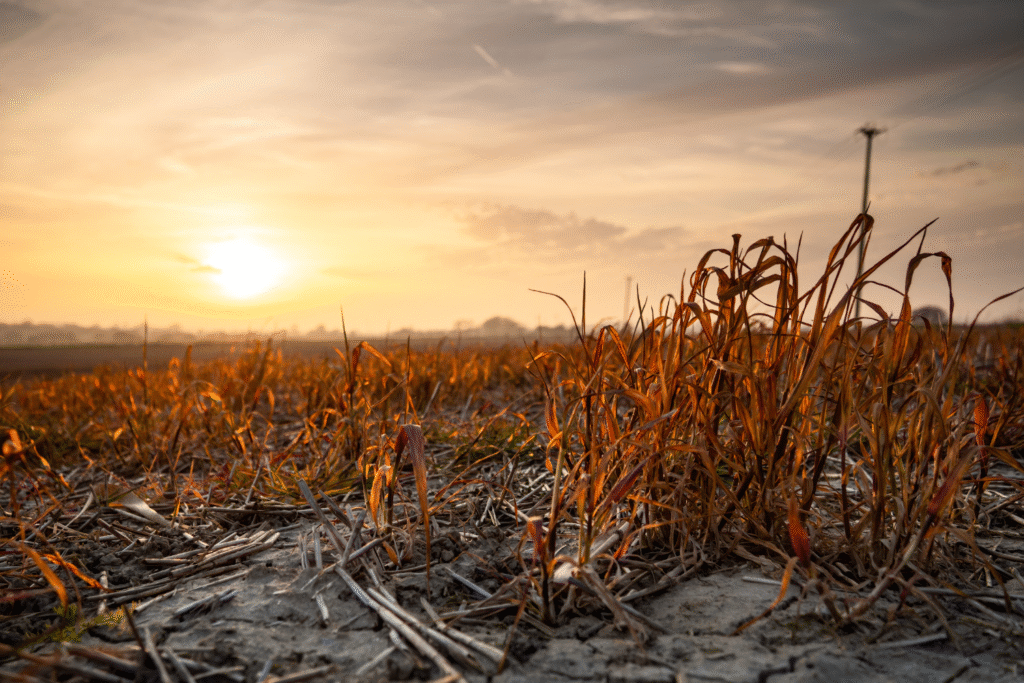
The disappearance of wildlife has direct consequences for humans. Pollinators like bees and bats support agriculture, fish populations feed millions, and healthy forests and wetlands regulate water and climate. When those systems collapse, food prices rise, water quality worsens, and disease risks increase.
Experts emphasize that protecting wildlife from climate-driven extinction is not just about saving animals—it is about protecting the global life-support systems people depend on. Every species lost weakens those systems, and recovery, if even possible, will take generations.
